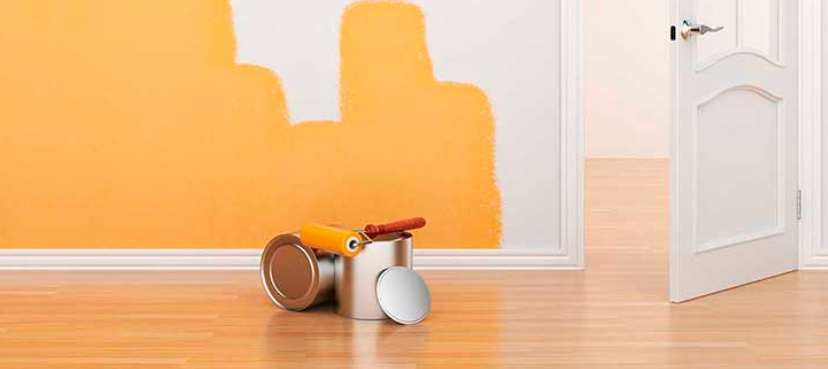
- Wed, Jul 2020
- |
- Mayas Painting
Sure, there is a lot of excitement when you decide to paint your house interior, exterior, or even a single room. Painting is one of the home improvement projects that can yield results overnight and instant satisfaction. I’ll be excited too to see the walls that protect me and give me privacy in a different light/color. But… the process of paint curing or drying time can sometimes be a pain in the _ _ _. The drama begins when your tacky paint won’t dry.
We don’t want the excitement you had when you began painting to go away. Since we’ve been through all of that and more, we want to share some insight into this problem. In this way, you’ll learn how to fix tacky paint so that you can save your paint job.
We’ll love to answer the following questions thoroughly:
- How Does Tacky Paint Happen?
- How Can I Prevent It?
- How Long Does It Take for Tacky Paint to Dry?
- What Are the Best Tips to Dry Tacky Paint Quickly?
How Does Tacky Paint Happen?
While it might take some time for the paint to dry even in the perfect setting, some factors make tacky paint a real pain in the _ _ _.
Worried that the tacky paint won’t dry? This problem happens when doing an improper preparation, using a low-quality primer or no primer at all, using latex paints, applying a second coat too soon, painting when there is a lot of humidity, cold weather, or poor ventilation.
So, there you have it. These are all the possible factors that cause sticky, wet paint for days.
How Can I Prevent a Tacky Surface Paint?
Paint that remains tacky days after application can shatter your dreams of a beautifully painted wall or room. That’s why you must know how to prevent this sort of issue in your home improvement project.
Here’s How You Can Prevent Tacky Paint:
- Don’t Overlook the Weather Conditions Before Painting
- Do a Good Preparation Work of the Surfaces
- Use a High-Quality Primer
- Use Oil-Based Paints
- Give Each Coat Enough Drying Time
Don’t Overlook the Weather Conditions Before Painting
Humidity and temperature play such a crucial role in the paint drying time. So, you can prevent tacky paint by painting your home exterior o interior while the weather is not too cold or hot, or when humidity is not significant.
So, don’t try to paint when it’s rainy or hot and humid. Otherwise, the paint will take much longer to dry, and it’ll become tacky until weather conditions allow it to dry out properly.
We recommend that you paint when the temperature is higher than 50 degrees Fahrenheit.
Do a Good Preparation Work of the Surfaces
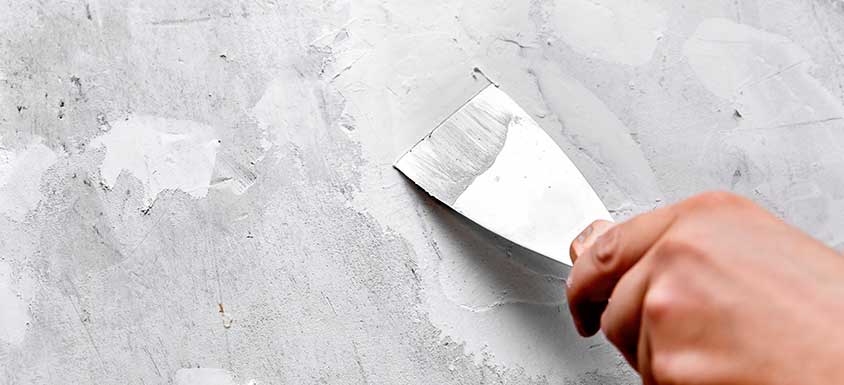
Well, like most things, the foundation always plays an essential role in the results. So, by doing a good preparation work of the surfaces, you’ll guarantee a smooth, colorful, and lasting paint job.
If you’re going to perform a house painting job, you should go through on prepping your surfaces by eliminating all dirt, grime, mold, dust, and flaky paint.
Also, you’ll have to patch any cracks and holes with a suitable filler and sealant. We recommend the EasiFiller Light made by Gyproc and Ronseal Big Hole Ready Mixed Wall Filler. If you need more advice, click to learn from a residential painting contractor.
Once you apply the filler, you must sand down your patches to a smooth finish and clean residues and dust.
Having perfect and smooth walls to work over will aid the coats of paint to stick or adhere to the surfaces and then dry thoroughly.
Whether you decide to do it on your own or you hire a professional, it’s vital to follow the proper procedure by cleaning and preparing the surfaces before laying the first stroke of paint.
Use a High-Quality Primer
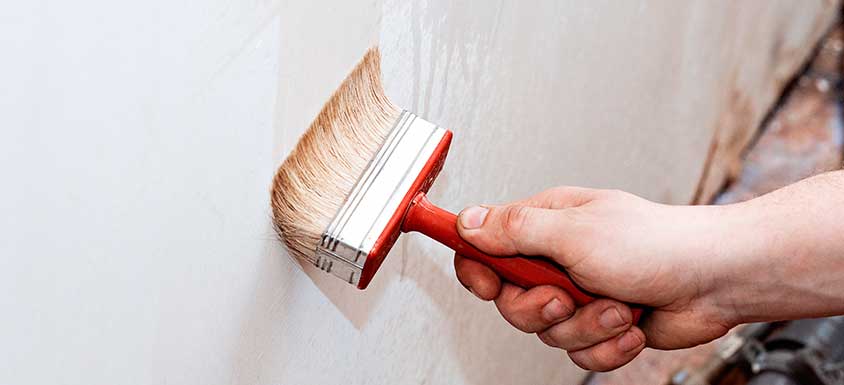
Now that you’ve done the proper prep work for the surfaces, you must do something else before painting. It’s time to apply a primer! But, be careful, don’t use just any primer. Instead, be sure to find a high-quality primer.
Using a quality primer will allow the paint to stick properly to the surface. As a result, you won’t have to apply several coats to get the coverage you want. Also, it helps in hiding drywall joints or seams.
Sometimes, tacky paint won’t dry because you didn’t use a primer in your paint job. If you use the right type of primer, then your paint will not remain tacky.
Use Oil-Based Paints
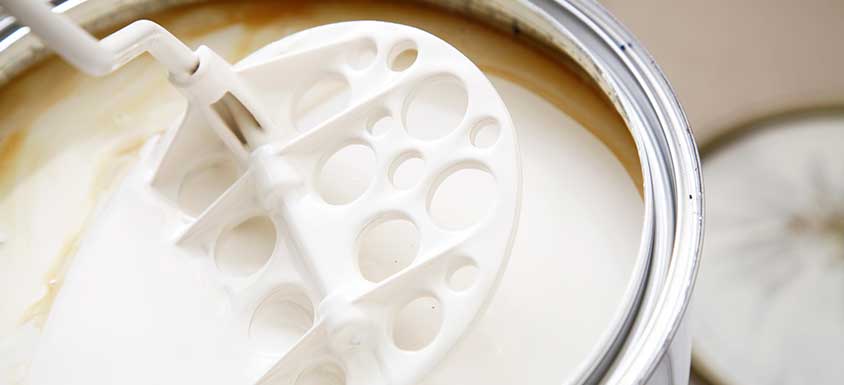
If you chose semi-gloss latex paint for your walls, then you probably did it for its several benefits. Semi-gloss paint has a sheen appearance, is easy to clean, and is durable. But, sometimes latex paint means tacky paint.
To get rid of horrible tacky paint, you need oil-based paints. Oil-based paint tends to dry slower, but you won’t have to deal with a “sticky” or tacky wall for several years. This type of paint also tends to be much more resistant to scratches and stains. So, it’s the best choice that will result in your walls looking amazing.
Give Each Coat Enough Drying Time
Now, you may complete the steps above properly and still mess up. But, you may ask how? That is by not giving each coat of paint enough drying time. You can leave your surface smooth, use the best primer and paint in the market, but you need to let each coat dry properly.
Make sure that each coat is dried completely before you apply the next one. Some paints may take longer than others. If you don’t give each coat enough drying time, then blocking occurs. As a result, you’ll have tacky paint that won’t dry for many years to come.
If you follow all these steps carefully, then you can prevent a tacky surface.
How Long Does It Take for Tacky Paint to Dry?
You can experience the consequences of tacky paint for several days, weeks, months, and even years. You may feel that the paint never completely dried. For that reason, it’s crucial that you follow the steps in a paint job properly.
The first coat of paint could dry between one to eight hours depending on the type of paint you use. The temperature also plays a big role as we mentioned above. If there’s a lot of humidity or it’s too hot, then your paint will take longer to dry.
It’s better to wait some hours between each coat and the final curing time than to deal with tacky paint for several years. For that reason, don’t overlook any step in this blog. We assure you that you will not deal with tacky paint ever again.
What Are the Best Tips to Dry Tacky Paint Quickly?
The steps we mentioned are great to prevent tackiness from happening. Also, you can follow them if you had a tacky surface and can repaint the entire room or building. But, what if your tacky paint won’t dry and you can’t have another paint job? Here are some great tips you can follow to dry tacky paint quickly!
Talcum Powder
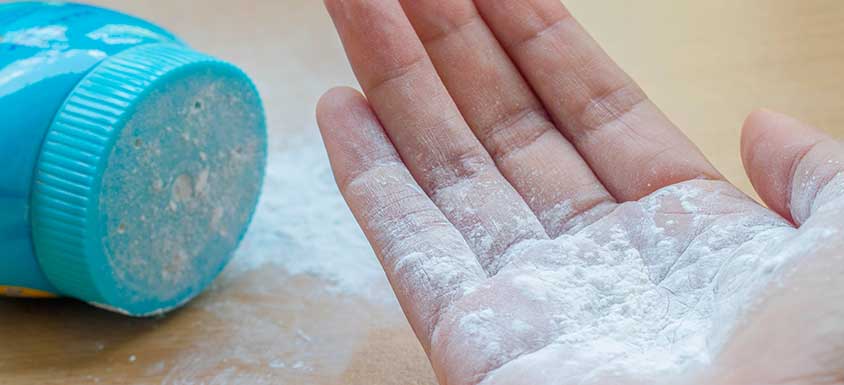
The first tip is to use talcum powder on those tacky surfaces. We recommend this option in areas where you will have items on the painted surface. Also, it works great in places where there are two painted surfaces touching each other.
First, apply a decent amount of talcum powder over the tacky paint. Then, use your hand to rub it into the paint. Be sure to do this lightly so that you don’t mess up the paint. Do this until the paint is no longer tacky. You can reapply talcum powder if the tacky paint were to appear again.
Auto Wax
The second tip to dry tacky paint quickly is to use auto wax. To apply the auto wax use a clean cloth or rag and rub a layer over the tacky surface. Do this in a circular motion until you see that the wax is even and clear.
Then, wait 10 to 15 minutes to let the wax dry. Next, use a buffing cloth to remove the wax. Now, your surface is not tacky anymore! You will have to repeat this process if you notice any tackiness again.

